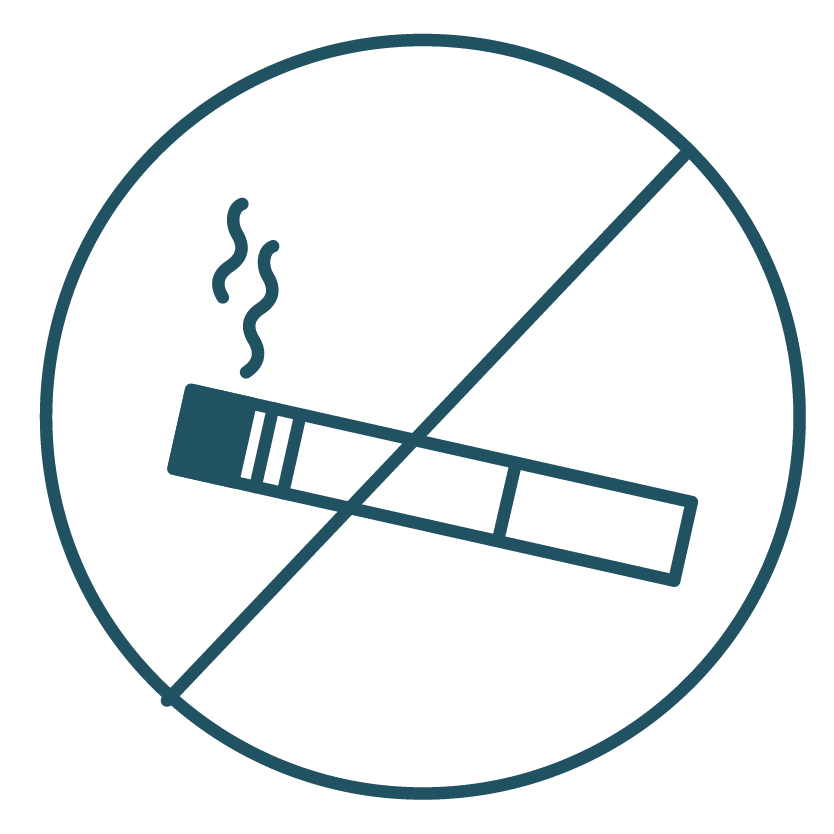Lung Cancer Research
Lung cancer research provides doctors and patients access to the latest prevention, screening, diagnosis, and treatment techniques.

What is Lung Cancer Research?

Each year, more Americans die of lung cancer than breast, prostate, and pancreatic cancers combined, according to data from the Lung Cancer Research Foundation. Yet, compared to breast and pancreatic cancer – which receive $16,405 and $4,326 in funding per death, respectively – lung cancer secures only $2,462 per death in funding. In part, the lack of funding for the “invisible cancer” is due to the stigma of personal responsibility, late onset of symptoms, and lack of public knowledge about the disease. Thus, funding raised by various American healthcare organizations for lung cancer tends to focus on one aspect of lung cancer, such as:
Lung cancer research not only improves doctors’ understanding of cancer and the techniques they use to treat it; lung cancer research also gives patients and their families hope and a better chance at coping. Too, it can help improve the patient’s quality of life, or, in some cases, can provide information on complementary and emerging treatments, clinical trials, and mental health resources like support groups.
What is the Best way to Fight Lung Cancer?
Lung cancer is treatable. Emerging treatments, as a result of the latest lung cancer research, give patients a better quality of life and more palliative and curative options. Fighting lung cancer before it begins is also effective and avoiding certain health risks could improve a patient’s lifespan.

Prevention of Lung Cancer
While often overlooked, prevention is the best way to combat lung cancer successfully. Moreover, while the link between lung cancer and smoking cigarettes is well-known, the habit is on the rise (especially among e-cigarette and vape users). Currently, researchers are working on more methods and medications to help people quit smoking, as well as ways to prevent people from starting smoking, and the genes that might make some people more likely to get lung cancer from smoking (including firsthand and secondhand smoke).
Presently, lung cancer researchers continue to search for a solution that prevents cancer in people with a high risk. Although vitamins and other medicines have not shown any efficacy to date, other studies show that a diet of fruits and vegetables may reduce the risk of lung cancer. Other prevention-focused lung cancer research includes the study of exposure to radon, diesel exhaust, and asbestos, and how to reduce human contact.

Lung Cancer Screening Research and Early Detection
The field of medical screening, biomarkers, and general testing has expanded in recent years with the growth of the technology industry. Below are several emerging research techniques in lung cancer screening and early detection focused on reducing the risk of dying of lung cancer.
- Spiral CT scan – In patients with a history of heavy smoking, these low-dose scans may prevent patients from dying of lung cancer. Research is being done to improve testing capabilities on the presence of cancer.
- Blood and sputum tests – Using more sensitive tests, lung cancer researchers have discovered alterations in the DNA of blood and sputum samples similar to lung cancer. These tests may be able to act as an early detection method in the future.
- Machine Learning – Researchers are using computer algorithms in software that helps doctors identify cancer more easily.

Diagnosis of Lung Cancer Diseases
- Fluorescence bronchoscopy – Also known as autofluorescence bronchoscopy. May help doctors detect cancer at an earlier stage that is easier to treat. A bronchoscope with a fluorescent light on the end is inserted into the nose or mouth. In the airway, the light illuminates lung damage.
- Electromagnetic navigation bronchoscopy – Help biopsy tumors in outer parts of the lungs using a bronchoscope instead of inserting a needle through the skin. A CT scan creates a 3-D map of the affected airway. Special attachments and computers then guide the bronchoscope through the lungs to the tumor requiring biopsy.

Treatment of Related Respiratory Cancers
- Surgery – Video-assisted thoracic surgery (VATS). Uses small incisions to remove tumors, increasing recovery time. Lung cancer Research is being done into removing larger tumors with VATS and fully robotic-assisted surgery.
- Imaging – Four-dimensional computed tomography (4DCT). Instead of a single picture, 4DCT captures a tumor throughout the breathing cycle. May help doctors determine if a tumor is attached to a vital organ, or if the patient is qualified for surgery.
- Targeted therapies
- Sunitinib, sorafenib, vandetanib, and cabozantinib. These drugs are being studied for their ability to target the RET gene and control the growth and spread of NSCLC tumors. Radiofrequency ablation is another type of targeted therapy.
- Stereotactic radiosurgery (SRS). SRS is being studied in isolating tumors that have metastasized to the brain, without harming the rest of the brain tissue.
- Maintenance therapy – Patients receiving two chemotherapy drugs (and a targeted drug sometimes) may live longer taking another chemo medicine like pemetrexed between cycles.
- Immunotherapy – Has been shown to help certain patients whose tumors test high for PD-L1 proteins respond to other treatments. CAR T-cell treatment is a type of immunotherapy.
Lung Cancer Related Clinical Trials Research
In medical research, clinical trials are studies that include people and consider the efficacy of the new treatment technique or medication. Typically, lung cancer research begins in a laboratory with the study of cells beneath a microscope and, after years of examination, moves on to small tissue or animal testing. Finally, with approval from the Food and Drug Administration (FDA), safe treatments are allowed to move into the first phase of clinical trials. Clinical trials help researchers determine if a new cancer treatment works and is safe, as well as among which types of patients the treatment is most effective. Today, most effective cancer treatments have come from clinical trials approved by the FDA.
Moreover, the widespread belief that clinical trials are only available to patients whose cancer no longer responds to treatment is patently false. Clinical trials are designed for every stage of lung cancer as well as lung cancer research for prevention and screening techniques. As such, anyone who has been diagnosed with lung cancer may be eligible for treatment provided by a clinical trial. Prospective patients may enter a trial at one of the following phases:
- Phase 1: 20 to 80 participants test treatment safety and dose range (if applicable)
- Phase 2: 100 to 300 participants test how well the treatment works on the diagnosed illness
- Phase 3: 500 to 3,000 participants test the effectiveness of treatment compared to past treatments
- Phase 4: after FDA approval, evaluates drug in patients over a long period of time
For the latest news in lung cancer clinical trials and research, go to the Lung Cancer Foundation of America’s Latest Research webpage. For federally-supported programs, visit the National Cancer Institute’s website.
How to Ask Your Doctor About Available Research
A lung cancer prognosis, especially, depends on staging. Treatment for each individual, likewise, depends on the results of the prognosis. Today, research and clinical trials make continuous advancements in these areas. For more personalized lung cancer information about how new research applies to you, it can be beneficial to talk with your doctor and ask them questions about emerging lung cancer screenings and treatments that may be available.